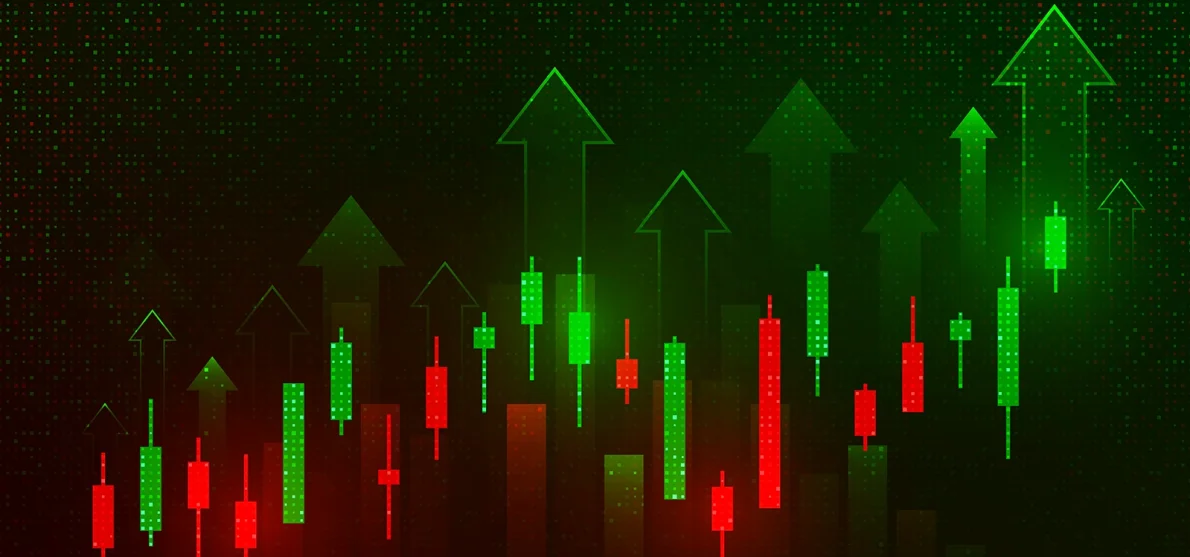Forex, or the foreign exchange market, is the largest financial market in the world. Trading over $6 trillion daily, it offers endless opportunities for both new and experienced traders. If you’ve been contemplating stepping into this vast world, here’s a simple A-B-C guide to help you start using forex effectively.
Understanding the Basics of Forex Trading
Before starting forex trading, it’s essential to grasp the fundamentals. Forex trading involves buying one currency while simultaneously selling another. These transactions appear as currency pairs, like EUR/USD. Each pair has a price associated with it, known as the exchange rate, which fluctuates based on market conditions. Understanding how these pairs work is a significant first step in using foreign exchange to create any strategy.
How Leverage Works in Forex Trading
One of the intriguing aspects of using foreign exchange is leverage, which allows traders to control a large position with a relatively small investment. For example, with a 1:100 leverage, you can trade $100,000 with just $1,000. While leverage can amplify profits, it also increases the potential risk. Therefore, new traders should use leverage cautiously and ensure they understand its implications fully. The allure of fast profits can be tempting, but it’s important to remember that careful management is vital.
Analyzing the Market with Various Tools and Indicators
Successful forex trading relies heavily on effective market analysis. Traders generally employ two primary types of analysis: technical and fundamental. Technical analysis involves studying charts and patterns to predict future price movements, while fundamental analysis focuses on economic indicators, such as interest rates, inflation, and geopolitical events. By using foreign exchange analytical tools like moving averages, oscillators, and trend lines, traders can create informed strategies tailored to their specific goals and risk tolerance.
Risk Management Strategies in Forex Trading
Forex trading involves significant risks, making risk management a crucial element of any trading strategy. One approach to managing risk is setting stop-loss orders, which automatically close a position when it reaches a certain level. They protect your investment and minimize potential losses.
Educating Yourself Continuously About the Forex Market
Education is a continuous process in the ever-evolving forex market. Online courses, webinars, and professional mentorships are valuable resources for both beginners and seasoned traders. Using forex simulation exercises or demo accounts can also offer practical experience without financial risk. This ongoing commitment to learning and adaptation ensures you can navigate the complexities of forex trading successfully.
Embarking on a journey into the forex market can be both exciting and daunting. By adhering to these A-B-C’s of using forex, you’ll be better prepared to make informed decisions and harness the immense potential of the market effectively. With the right knowledge, tools, and strategies, using it can be a rewarding venture.

